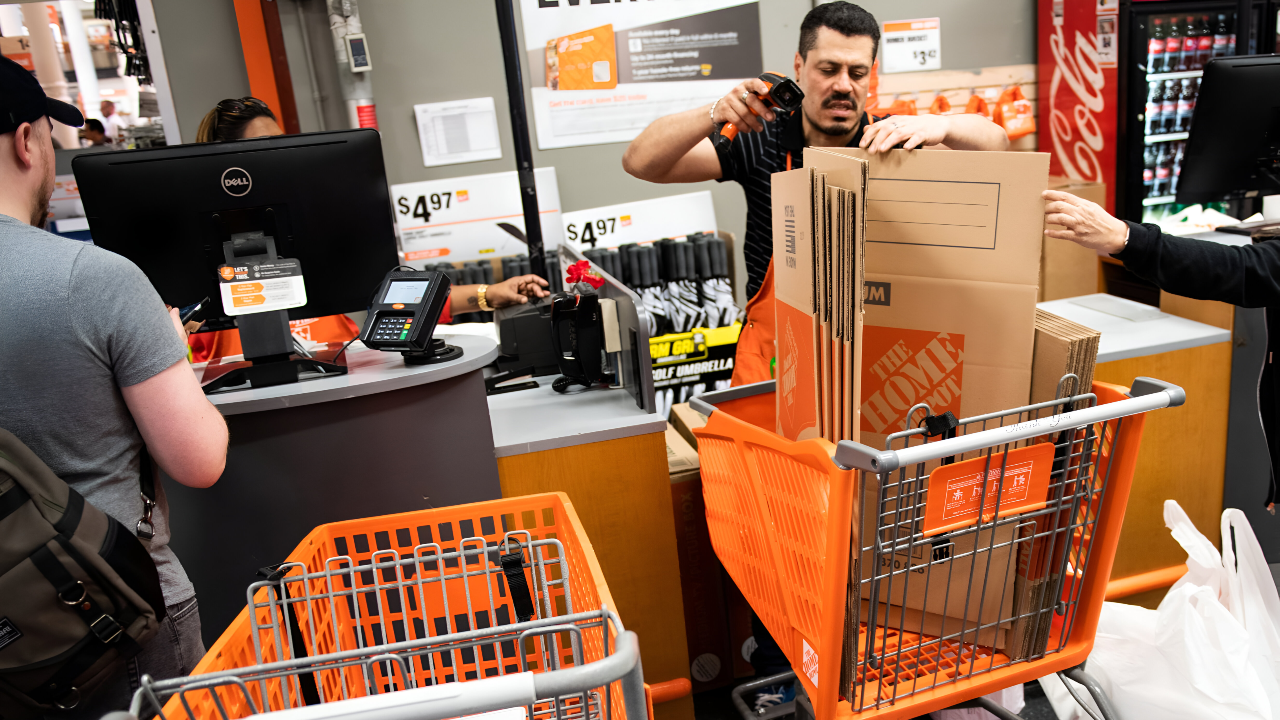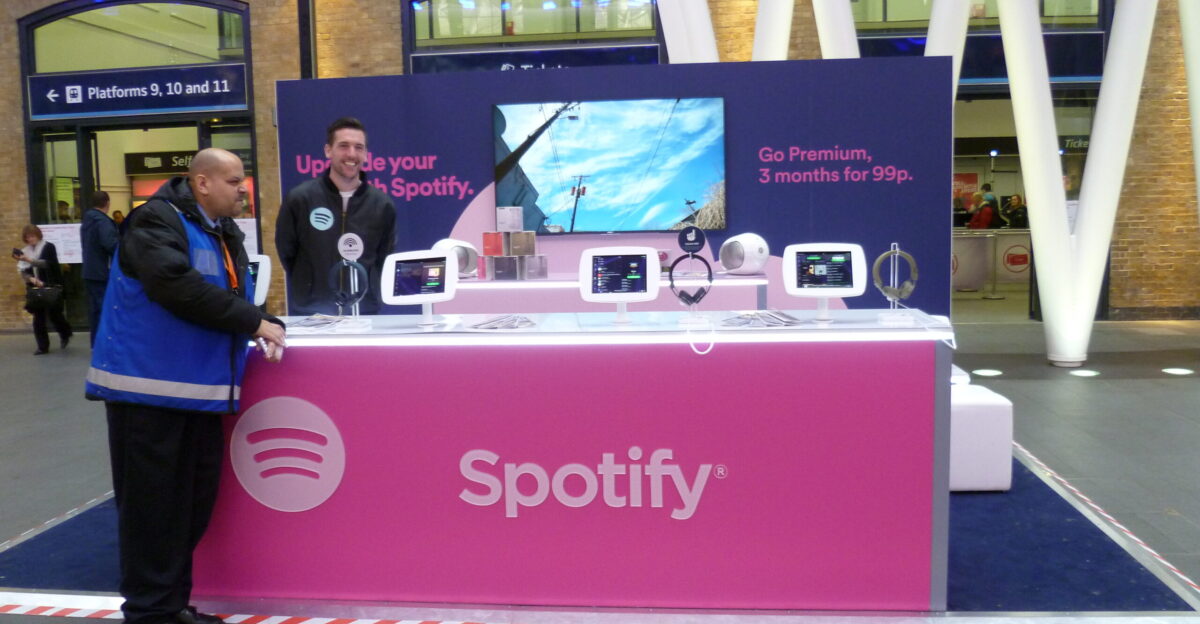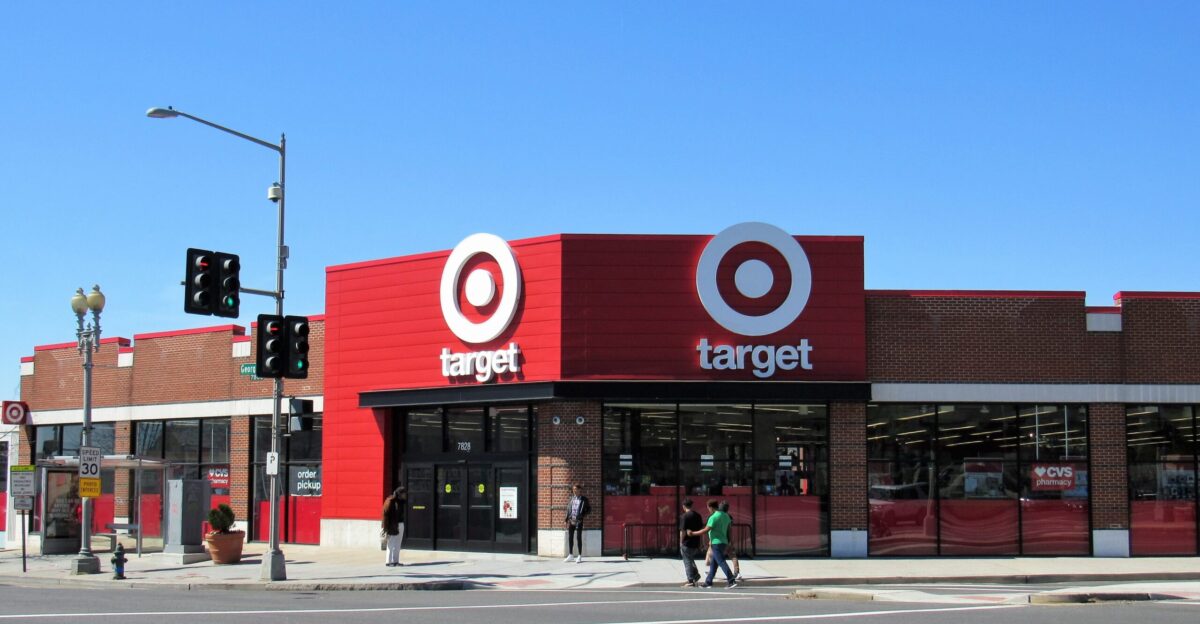
As the holiday season ramps up, a fierce consumer boycott threatens to shake the retail world. Set to coincide with the busiest shopping days of the year, a coordinated movement is targeting major retailers. The stakes are high. Activists are aiming to disrupt consumer spending during Black Friday and Cyber Monday, key days that drive nearly 20% of holiday season retail sales.
The reason? Alleged ties to U.S. Immigration and Customs Enforcement (ICE) that have put big names like Home Depot in the spotlight. With so much at stake, this boycott could set the stage for a new kind of consumer activism, leveraging spending power to send a political message.
The Campaign Timeline

The boycott is no coincidence. Organizers have strategically timed their campaign to hit right before the peak shopping period—November 27 through December 1, 2025, covering Thanksgiving through Cyber Monday. This is the critical revenue window for retailers, who rely on the sales boost to wrap up their fiscal year.
The goal is clear: disrupt consumer habits during these high-traffic days, potentially causing billions in losses. The timing could create lasting impacts on both the retail industry and future consumer movements, making this one of the most crucial moments of 2025’s holiday season.
Who Is Organizing?

The campaign is led by a coalition of advocacy groups, with the Gen Z-led organization Beyond the Ballot taking charge of the “Not With My Dollars: ICE Out of My Wallet” campaign. Other prominent groups, including Black Voters Matter, Indivisible, and Until Freedom, have also joined forces under the “We Ain’t Buying It” initiative.
These groups are united in their stance against companies allegedly supporting ICE operations, creating a multifaceted movement targeting big retail players. This broad coalition signals the growing power of grassroots activism in shaping corporate practices during peak consumer events.
The Core Issue: Ties to ICE

At the heart of the boycott lies a protest against corporate complicity with ICE. Activists accuse companies like Home Depot of facilitating or profiting from the agency’s surveillance and detention activities. The demand is simple: stop supporting an agency that activists say contributes to the harmful deportation and detention of immigrant communities.
The boycott is an attempt to make consumers’ wallets a weapon for political change. By aligning their spending with their values, activists hope to force companies to reconsider their partnerships with ICE and other government agencies involved in controversial practices.
Why Home Depot?

Home Depot is at the center of this firestorm due to allegations that it has allowed ICE agents to conduct enforcement operations in its stores and parking lots. Activists claim the company has turned a blind eye to ICE’s presence, creating an unsafe environment for day laborers who gather at Home Depot locations looking for work.
These claims, which Home Depot denies, have made it the focal point of the boycott. As the company continues to deny any wrongdoing, the controversy surrounding these allegations shows no signs of fading, amplifying the pressure on Home Depot to address these claims head-on.
The “Parking Lot” Allegations

According to Beyond the Ballot, Home Depot has repeatedly allowed ICE agents to patrol its stores and parking lots. These actions allegedly happen without judicial warrants or probable cause. Activists argue that this practice is a violation of workers’ rights, particularly for those seeking temporary labor.
The call for a boycott stems from these accusations, as consumers are urged to take action by withholding their dollars from such retailers. With the holiday season upon us, the boycott organizers hope to draw attention to what they see as a deeply unethical practice by a major corporation.
Home Depot’s Response

Home Depot has denied these accusations in multiple public statements. The company maintains that it does not coordinate with immigration enforcement. A company spokesperson emphasized that Home Depot is never notified of immigration enforcement actions and does not actively participate in them.
Despite this, the boycott organizers stand firm in their claims, arguing that allowing ICE to operate unchecked is equivalent to complicity. The backlash against the company is growing, and the coming holiday season will likely test the effectiveness of their public response.
Beyond Home Depot: Amazon & Whole Foods

While Home Depot remains the central target, the boycott has expanded to other major players. Amazon, including its subsidiary Whole Foods, is also on the “No Buy” list. Activists argue that Amazon’s data hosting services have supported ICE’s operations, with the company’s web services allegedly facilitating the agency’s ability to track and detain individuals.
This broadens the scope of the boycott to include digital giants alongside traditional retailers. The inclusion of these tech giants further amplifies the reach of the boycott, signaling that the movement is targeting not just physical stores, but also the online infrastructure that powers these corporations.
Big Tech Targets: Microsoft & Dell

The boycott doesn’t stop with retail and e-commerce. Technology companies like Microsoft and Dell have also been named for their alleged roles in enabling ICE’s work. These companies provide the technology infrastructure that powers government surveillance, which includes ICE operations.
The boycott is therefore not just about physical stores but also about challenging the tech industry’s involvement in enforcement actions. The expanded list of targets indicates the growing concern among activists over the role big tech plays in supporting government agencies that impact vulnerable communities.
The Spotify Connection

Streaming giant Spotify has also found itself in the crosshairs. Activists have criticized the platform for running ads that promote ICE recruitment. This digital dimension of the boycott underscores the growing trend of values-based consumerism, where even intangible services like music streaming are held accountable for their corporate practices.
The boycott of Spotify adds another layer to the movement, illustrating its reach beyond physical goods. It also serves as a reminder that consumers are increasingly demanding ethical responsibility from all industries, not just those with physical products.
Retail Giant Target Included

Target has not escaped the scrutiny of activists either. The retailer, like Home Depot and Amazon, faces accusations of cooperating with the administration’s policies and rolling back DEI initiatives. The boycott’s targets are not just limited to specific industries—its reach spans across home goods, groceries, tech, and even entertainment, making it increasingly difficult for ethically-minded consumers to navigate their purchasing decisions during the holiday season.
The broad scope of the boycott demonstrates the strength and determination of the activists behind it. They are sending a clear message: no company is exempt from scrutiny if they are seen as complicit in supporting harmful government actions.
The Rise of “Values-Based” Shopping

The boycott taps into a broader movement toward values-based shopping. According to LendingTree, 45% of Americans now research a company’s values or political stance before making a purchase. This shift signals a change in consumer behavior, as shoppers are more willing to make their buying choices based on the principles of the companies they support.
The boycott taps into this shift, urging people to make their wallets reflect their beliefs. It signals that companies can no longer operate in a bubble of neutrality, as consumers increasingly demand that businesses take a stand on social issues.
Do Boycotts Work?

History has shown that boycotts can be effective. The same LendingTree survey found that 31% of Americans have boycotted a business due to its affiliations or practices. Retailers are increasingly vulnerable to public pressure, as nearly a third of the consumer base is willing to take a stand by refusing to patronize a business.
As the boycott gains traction, it could have a significant impact on sales, especially during such a high-stakes shopping period. The outcome of this boycott will likely influence future activism and consumer behavior on a larger scale.
A History of Pressure

This is not the first time these companies have faced backlash. Activists have organized previous campaigns targeting corporate partnerships with government agencies, and the recurrence of these efforts shows that the pressure on big retailers is building. The ongoing nature of these campaigns suggests that boycotts are no longer one-off protests, but rather a sustained strategy for holding companies accountable for their political and social practices.
The continued focus on major retailers highlights the shifting dynamics in consumer activism. These boycotts are part of a broader movement that is starting to reshape how people view their purchasing decisions.
What Happens Next?

With the boycott set to run from November 27 through December 1, all eyes will be on consumer turnout. The effectiveness of this boycott could set a precedent for future grassroots movements targeting corporate practices. If the boycott proves successful, it could signal a new era of consumer activism, one where everyday purchases are seen as a powerful tool for political expression and social change.
The impact of this boycott will likely be felt well beyond the holiday shopping season, potentially influencing future campaigns and consumer behavior for years to come.
Sources:
Beyond the Ballot campaign announcement: “Not With My Dollars: ICE Out of My Wallet”
Truthout article (2025)
Cronkite News (2025)
Newsweek (2025)
LendingTree Survey (June 2025)
CNBC (January 2025)